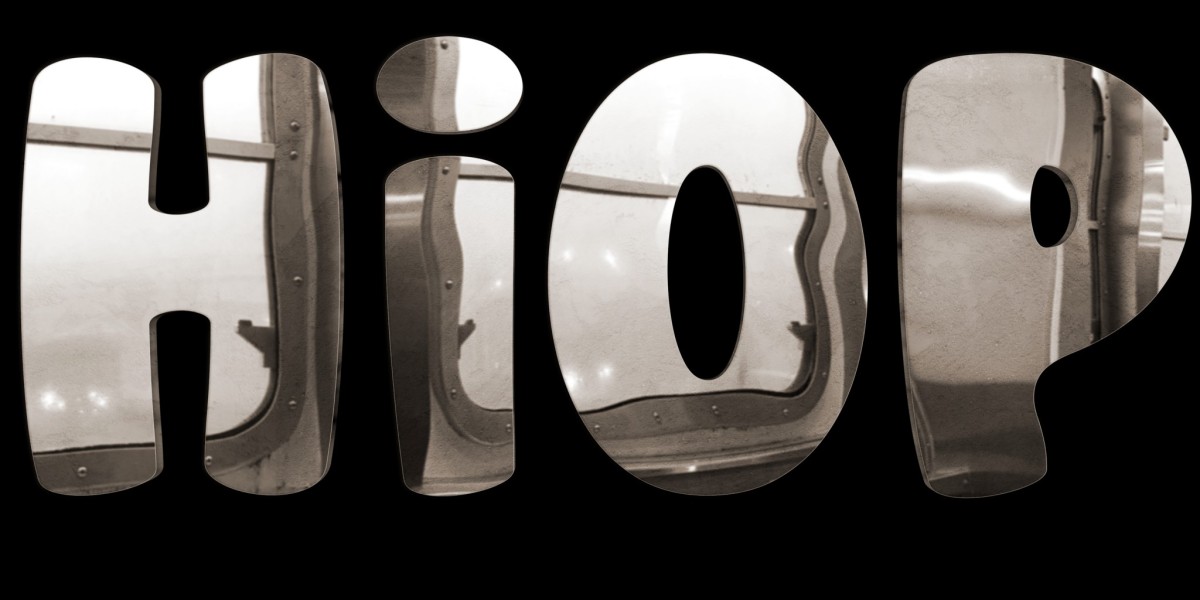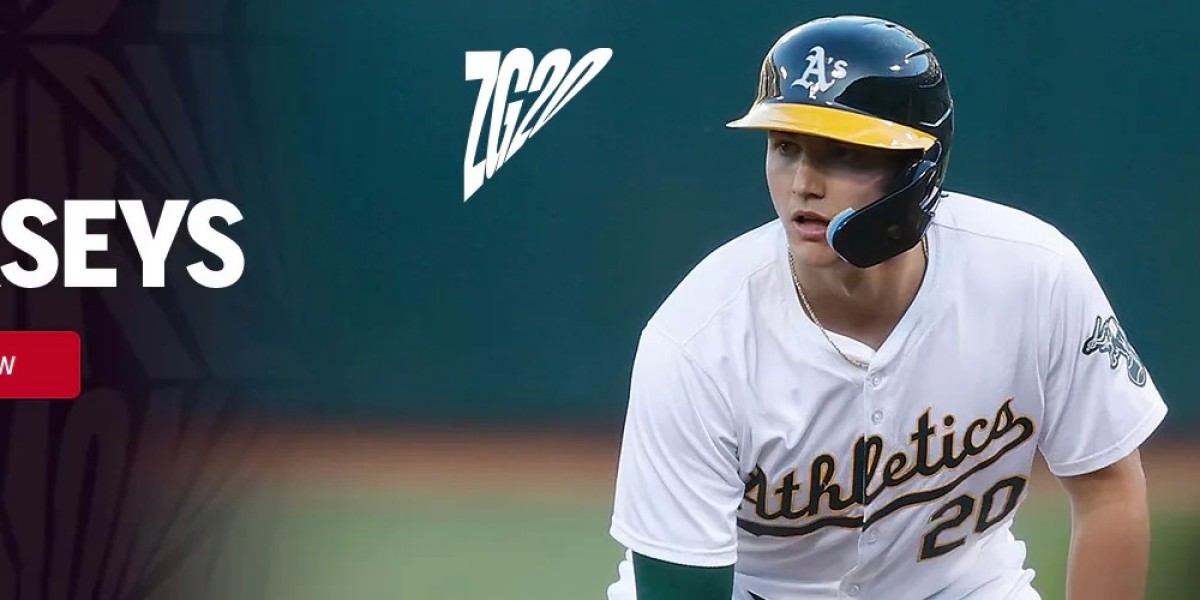
Gentlemen’s Club
Why is it known as Boys and Girls club?
The time period "Boys and Girls Club" is commonly used to emphasise inclusivity and neighborhood for youth, providing a protected house for both genders to engage in actions, study, and develop collectively.
In a different context, the time period "Gentlemen's Club" refers to establishments that historically cater to men, offering social and leisure companies. The name implies a club the place certain societal norms and behaviors are upheld, often related to sophistication and exclusivity.
Ultimately, the distinction highlights the difference in focus: Boys and Girls Clubs goal to foster equality and development amongst youth, whereas Gentlemen's Clubs often mirror cultural notions of male exclusivity and leisure.
What is a modern day gentleman?
A modern day gentleman embodies a mix of conventional values and modern sensibilities. This evolution displays modifications in society, tradition, and expectations. Here are some key traits that outline a modern day gentleman:
- Respectful Behavior: A fashionable gentleman treats everybody with respect, no matter their standing or background.
- Confidence: He carries himself with confidence, not conceitedness, and is confident in his interactions.
- Attire: His selection of clothing is considerate and appropriate for the occasion, often blending basic types with fashionable developments.
- Communication Skills: He is articulate and is conscious of tips on how to have interaction in significant conversations, listening as a lot as he speaks.
- Civility: Politeness and good manners are cornerstones of his conduct, displaying kindness in both words and actions.
- Emotional Intelligence: He is aware of his emotions and people of others, demonstrating empathy and understanding.
Within the context of a gentleman's membership, these traits might manifest in particular ways:
- Networking: A fashionable gentleman uses his social connections to foster business relationships while ensuring that respect and integrity stay paramount.
- Inclusivity: He promotes an setting of inclusiveness, recognizing the importance of diverse perspectives.
- Personal Development: A commitment to lifelong studying and self-improvement is widespread, as he seeks to reinforce his skills and data.
- Tradition with a Twist: While appreciating conventional parts of the membership, he embraces innovation to maintain the experience contemporary and relevant.
In essence, a modern day gentleman represents a sophisticated blend of custom and modernity, OP making him not solely relevant in at present's society but also a task mannequin for the future.
When did Gentlemen's Club start?
The term "Gentlemen's Club" typically refers to social clubs historically for males, which began within the late seventeenth century. The first recognized gentlemen's club is often thought of to be the Kit-Cat Club, established in London around 1696. These clubs developed from earlier coffeehouse gatherings and became popular within the 18th century, serving as venues for socializing, networking, and discussing politics and literature.



